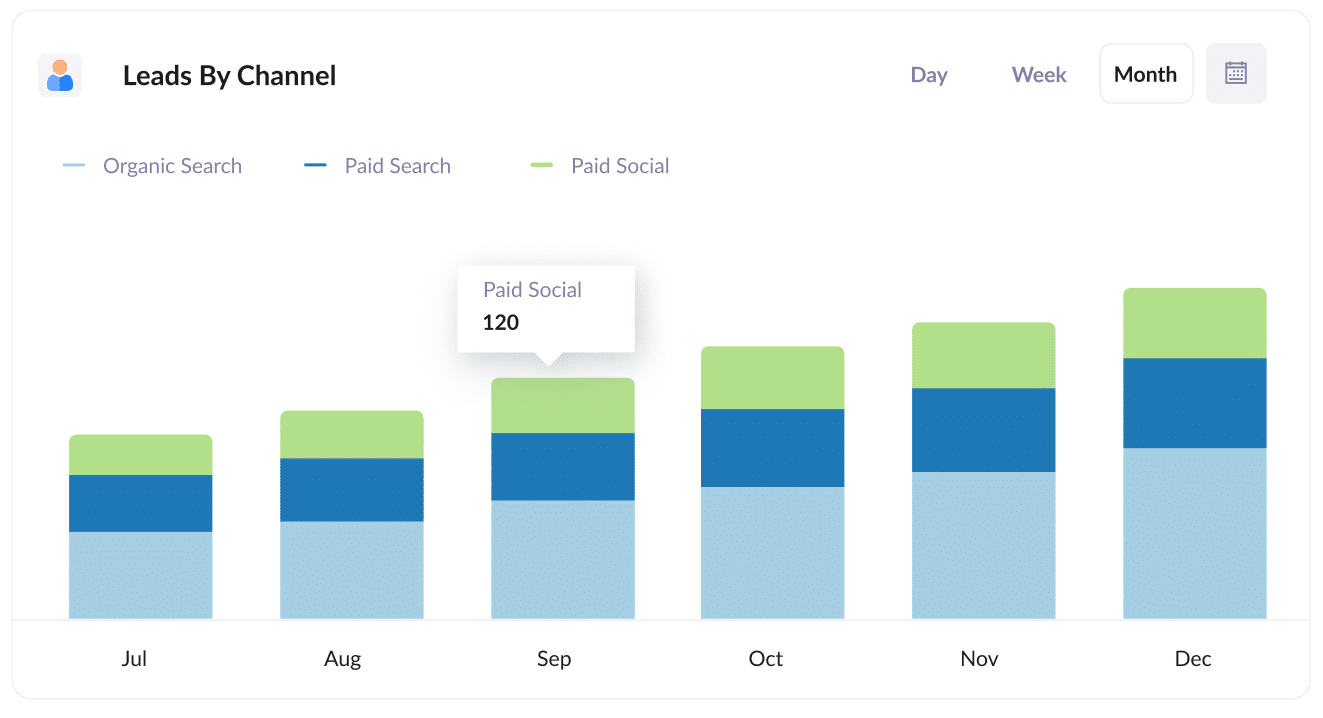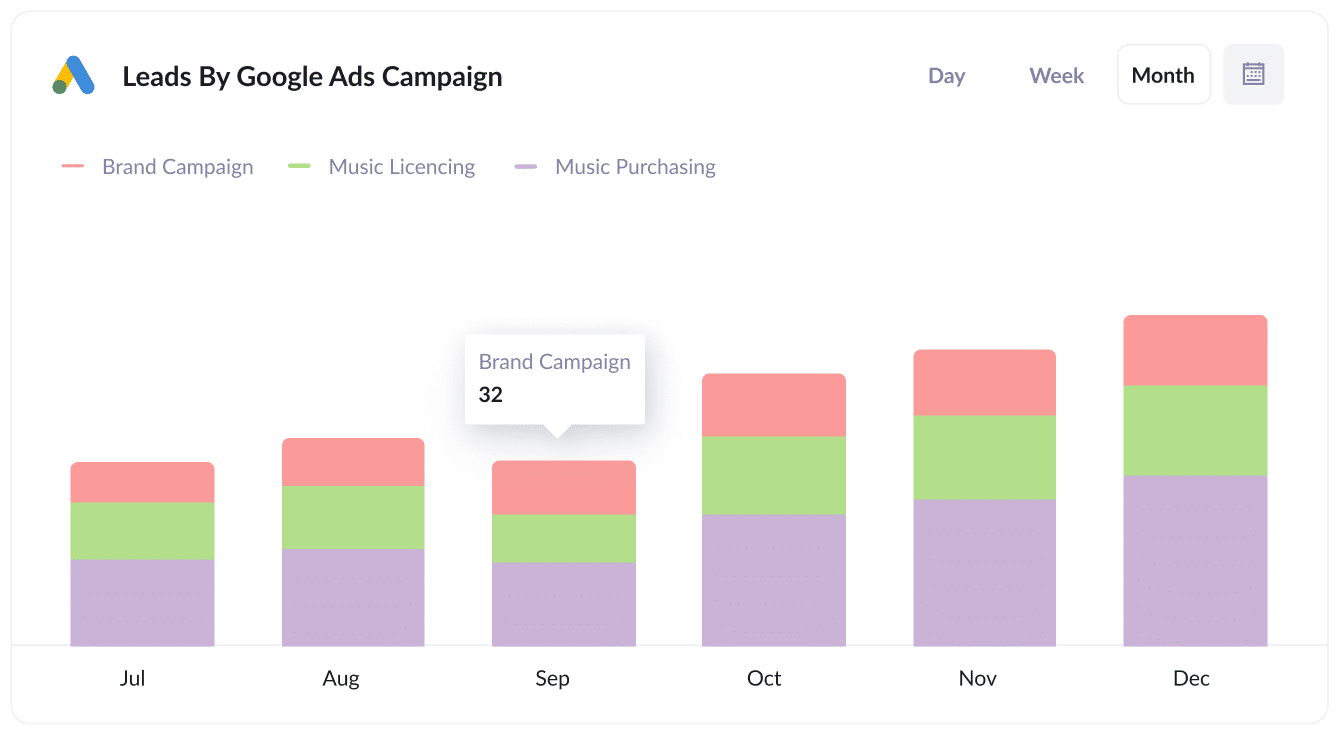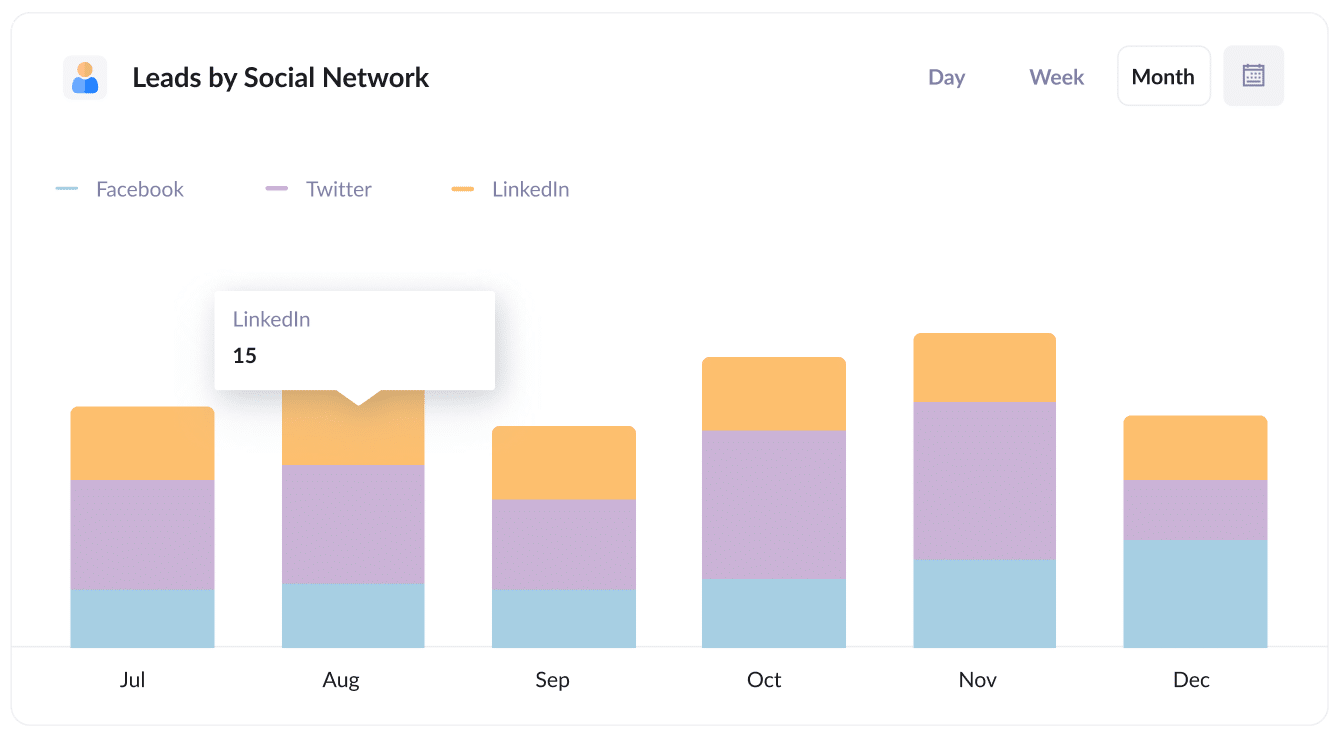Track the source of meetings & bookings in scheduling tools
Attributer now integrates with all the major scheduling tools, so you can easily track where your bookings and appointments are coming from.

These days, more and more businesses are replacing the forms on their website with scheduling widgets powered by tools like Calendly, Cal.com, OnceHub, etc.
This makes sense. These tools allow a person to book a meeting directly with a member of your team, and help skip the back and forth emails trying to line up a time that works for everyone.
But unfortunately, these tools don't have a built-in way to capture information about where a particular lead/booking came from, which makes it hard for businesses to track which of their marketing campaigns are working.
There is a solution, though.
Attributer now integrates with all the major scheduling tools, including Calendly, Cal.com, OnceHub, YouCanBookMe and more. Read on to learn more.
Which scheduling tools does Attributer work with?
We did some research (shout out to fellow Australian company BuiltWith for the data) and found that there were a small handful of tools that powered most of the scheduling widgets you see on websites today. These include:
What data gets captured with each booking?
Like any of our other integrations, Attributer passes through information on how each individual lead or booking originally found your website.
Let’s say I’m on the marketing team at BrightPath Accounting, and we’re running Google Ads to promote our business tax return services. A potential client clicks one of those ads and books a consultation through our embedded scheduling widget.
Attributer would pass through the following data with that booking (based on the UTM parameters we set):
- Channel: Paid Search
- Channel Drilldown 1: Google
- Channel Drilldown 2: Business Tax Campaign (or the specific campaign name)
- Channel Drilldown 3: Tax return accountant (or the keyword used)
Alternatively, if someone came to the site via organic search instead, here’s how Attributer would capture the data:
- Channel: Organic Search
- Channel Drilldown 1: Google
- Channel Drilldown 2: www.google.com (or their specific domain)
- Channel Drilldown 3: tax return accountant (or the search term used)
What can I do with the data?
Once the attribution data has been captured with the booking, you can use your scheduling tools built-in integrations (or third-party tools like Zapier) to send it to the various sales & marketing tools you use, including:
- CRM - You can send the data CRM platforms such as Salesforce, Pipedrive, HubSpot and more. Once in there, you can use the built-in reporting features of your CRM to run reports that show which channels, campaigns, ads, etc. are generatign the most bookings.
- Spreadsheets - You can export the data to a Google or Excel sheet and use it to create charts and perform basic analysis within the spreadsheet. For more advanced reporting, you can connect analytics tools such as Google Data Studio or Microsoft Power BI to the sheet.
- Email notifications - If your business relies on email for receiving and responding to new leads (instead of using a CRM), you can easily add the data to the booking notification email that your scheduling tool sends. This allows you to quickly identify the source of each booking right within your email inbox.
- Billing platform - If you integrate a billing platform (such as Stripe or PayPal) into your scheduling widget, then you can send the data into there and use it to run reports that show how much revenue you are generating from each of your marketing campigns.
What kind of reports can I run with this data?
When you use Attributer to capture attribution data on your leads and push it into your CRM or analytics tools, you can use that tools built-in reporting capabilities to build charts & dashboards that show how your various marketing initiatives are performing.
Here are a few examples:
1. Leads by channel

The chart above breaks down how many leads or bookings you're receiving each month by channel (Paid Search, Organic Search, Paid Social and more).
It’s a quick and effective way to spot which marketing channels are delivering results and enables you to allocate more budget and effort to the high-performing ones.
For instance, if Organic Search is bringing in the bulk of your leads but most of your ad budget is going toward Paid Social, this report could highlight an opportunity to reallocate resources toward SEO.
2. Leads by Google Ads campaign

This chart gives you a straightforward look at the number of leads or bookings you’ve received each month from your Google Ads, grouped by the specific campaign they came through.
It’s a valuable way to see which campaigns are driving real results.
With these insights, you can double down on the campaigns that are delivering leads and make informed decisions about optimising, pausing, or retiring the ones that aren’t.
3. Leads by social network

If you’re posting content and updates on multiple social media platforms, like Facebook, LinkedIn and Twitter, it’s important to know which ones are delivering results. This report breaks it down by showing how many leads each platform is generating.
With this data, you can make smarter decisions about where to focus your time and budget.
Wrap up
If you’re using a scheduling tool on your website to get new meetings/bookings, then Attributer can help you understand where they're all coming from.
It passes through detailed attribution information with every booking made through your website. And when you send this data to your CRM or reporting tools, you can generate reports that show which channels, campaigns, ads, and more are driving real results.







